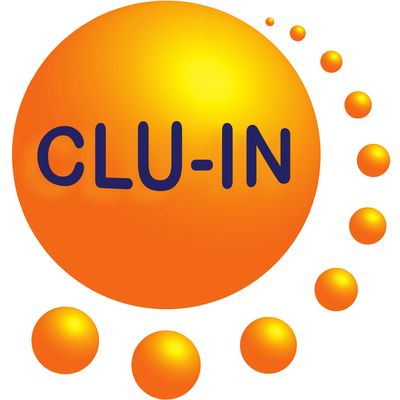Since 1998, The Contaminated Site Clean-Up Information (CLU-IN) website has presented Internet Seminars covering a wide variety of technical topics related to hazardous waste characterization, monitoring, and remediation. For each seminar topic, we have selected the highest-quality offering for placement in our archives. Beginning in May 2005, we began offering these archives via podcast, and this feed contains all seminars archived in the last 6 months. For a complete list of seminars archived since 2000 and videos of selected seminars archived since 2012, please visit http://clu-in.org/live/archive/. Our Rehabilitation Act Notice for reasonable accommodation is available at http://clu-in.org/training/accommodation.cfm. CLU-IN was developed by the U.S. Environmental Protection Agency (EPA) but is intended as a forum for all waste remediation stakeholders. For more information and to view upcoming live offerings, please visit http://clu-in.org/live/. For a complete list of RSS feeds available on CLU-IN, please visit http://clu-in.org/rss/about/.
http://www.clu-in.org/live/archive
Audio for "Superfund Research Program Small Business Water Innovation Progress in Research: Session II - Innovative Detection Technologies," Mar 23, 2016
The National Institute of Environmental Health Sciences (NIEHS) Superfund Research Program (SRP) is hosting a series of webinars to highlight SRP-funded projects around the country that support innovation in water technologies and research. The Superfund Research Program Small Business Water Innovation Progress in Research series will feature SRP Small Business Innovation Research / Small Business Technology Transfer Research (SBIR/STTR) grantees working on new technologies for detection and remediation of hazardous substances in water, including arsenic, dioxane, and trichloroethylene and other chlorinated solvents. The webinars are free and open to the public. Each webinar will begin with a brief update of the technology followed by an open question and answer session. This format is meant to facilitate a dialogue between the small business innovators and stakeholders during the early in the stages of research progress - to ensure successful technology transfer and application by end users. This session, "Innovative Detection Technologies," will feature presentations from OndaVia Inc., Lynntech Inc., and Agiltron Inc. Their presentation abstracts are presented below. Quantitative Analysis of Water Contaminants using Surface-Enhanced Raman Spectroscopy Mark Peterman, Ph.D., OndaVia Inc. Time counts for chemical analysis where fast, accurate monitoring improves safety, increases yields, and reduces costs. The OndaVia Analysis System enables real-time, trace-level chemical analysis for a wide variety applications, from oil refinery process control, to coal-fired power plant waste water monitoring, to environmental remediation of halogenated solvents. The ease-of-use and portability make this system ideally suited for the chemical analysis needed across a variety of industries—from oil and gas to chemical, environmental, and agricultural industries. Rapid Detection of Arsenic in Water Bikas Vaidya, Ph.D., Lynntech Inc. Lynntech is developing a convenient kit for rapid detection and quantification of arsenic in water using a simple battery operated colorimeter. This kit will be safe to the user and environment, be free from toxic metals (like mercury and lead) and will be able to detect arsenic over a wide range of concentration (~1-200 ppb). Portable SERS Detector for Simultaneous Detection of Trace-level Polycyclic Aromatic Hydrocarbons at Superfund Sites Wayne Weimer, Ph.D., Agiltron Inc. and Lili He, Ph.D., University of Massachusetts Amherst Through this program, Agiltron is developing a field deployable groundwater monitoring sensor based on surface enhanced Raman spectroscopy (SERS) for rapid on-site detection and quantification of polycyclic aromatic hydrocarbons (PAHs) at Superfund sites. During operation in the field, the SERS sensor can be inserted directly into samples of surface groundwater or samples brought up from beneath the surface for on-site PAH analysis. The system will be able to detect all 16 EPA priority PAHs in groundwater at 0.1 ppb concentration levels in less than thirty seconds, in situ, on-site, with little or no sample preparation, and with no interferences. To view this archive online or download the slides associated with this seminar, please visit http://www.clu-in.org/conf/tio/srppir4_032316/
